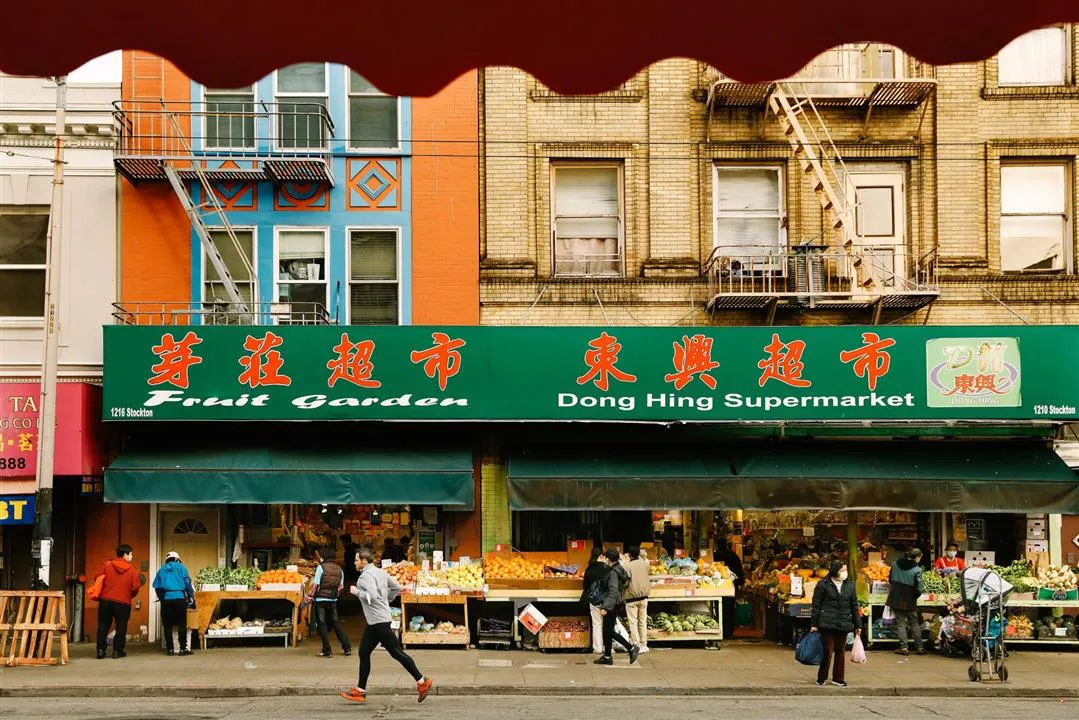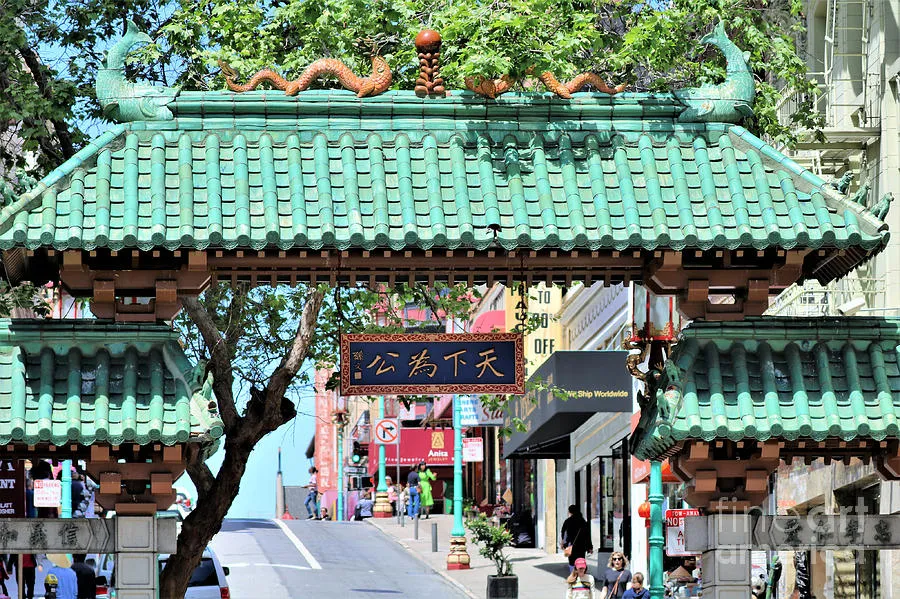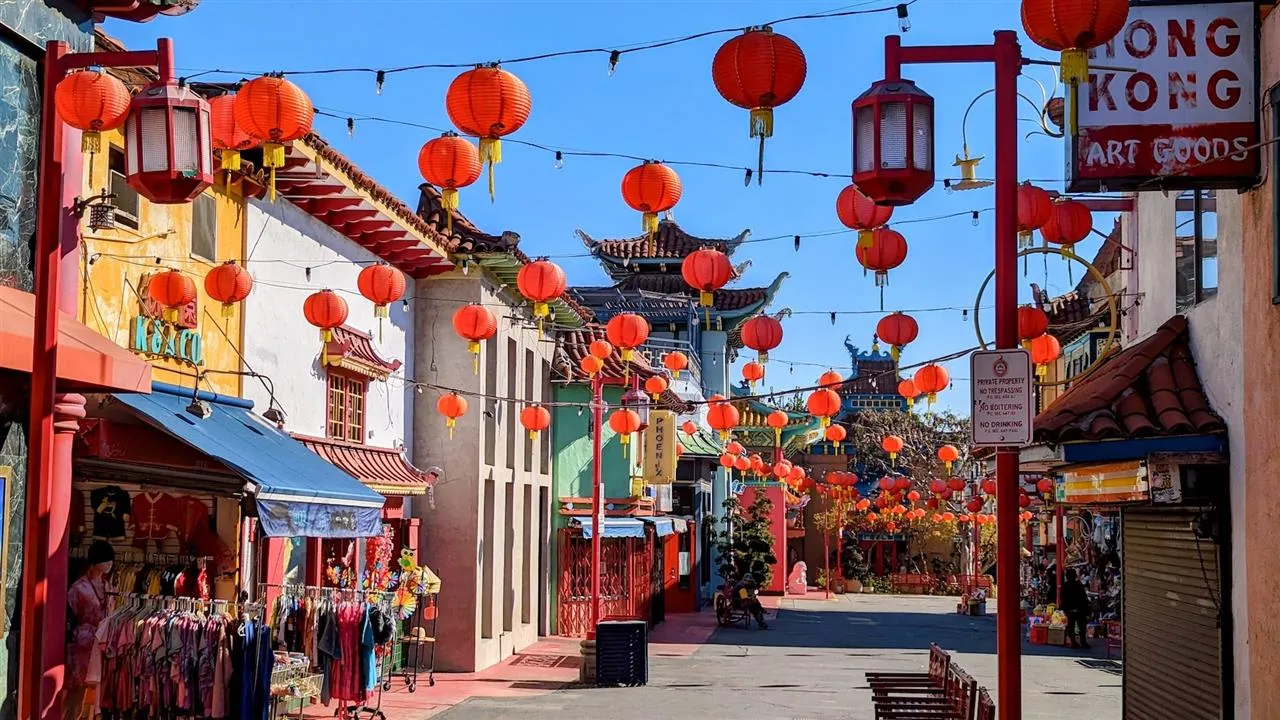Vietnam, a multicultural nation, is a melting pot of various civilizations, including Chinese culture. The presence of the Chinese community (also known as Hoa people or ethnic Chinese) has enriched the cultural tapestry of this S-shaped country. From cuisine and architecture to festivals and customs, the influence of the Chinese permeates every aspect of life, creating a unique blend. Let’s explore the distinctive features of Chinese culture in Vietnam, where tradition and modernity intertwine, creating a unique and vibrant identity.
The History and Development of the Chinese Community in Vietnam
The history of the Chinese in Vietnam dates back to ancient times, undergoing many periods of ups and downs. From merchants trading goods to major migrations due to wars and political upheavals, the Chinese gradually settled and integrated into Vietnamese society. Chinese neighborhoods, or “Chinatowns,” emerged and developed, becoming important cultural and economic centers, as well as attractive destinations for tourists seeking to learn about Chinese culture.
Chinese Cultural Imprints on Vietnamese Cuisine
Cuisine is one of the most important elements reflecting the cultural identity of the Chinese in Vietnam. Many familiar Vietnamese dishes originate from Chinese cuisine but have been adapted to suit local tastes and ingredients.

A street food corner with a strong Chinese flavor, where visitors can enjoy traditional dishes prepared according to family recipes.
Hu Tieu (Vietnamese Pork Noodle Soup)
Hu Tieu is a prime example. This dish originated from Chaozhou (China), but when introduced to Vietnam, it became a signature dish of the South. The chewy rice noodles, rich broth, combined with toppings such as char siu pork, shrimp, and quail eggs, create an appealing and nutritious dish.
Sui Cao (Dumplings)
Sui Cao, also known as wontons, is another popular dish originating from China. Sui Cao is made from wheat flour with meat and vegetable fillings, boiled or fried, and usually served with soy sauce and chili. In Vietnam, Sui Cao has been modified with various fillings to suit Vietnamese tastes.
Banh Bao (Steamed Buns)
Banh Bao is a steamed bun originating from China, made from wheat flour with meat or vegetarian fillings. Banh Bao is a familiar breakfast food for many Vietnamese people, especially in big cities.
In addition, many other dishes such as mì vịt tiềm (duck noodle soup), phá lấu (braised offal), dim sum, and sweet soups also bear the imprint of Chinese cuisine. The culinary cultural exchange has created unique dishes that carry both the traditional flavors of China and the distinct characteristics of Vietnam.
Architecture and Art: East-West Harmony
The architecture and art of the Chinese in Vietnam also clearly demonstrate the East-West cultural exchange. Chinese neighborhoods often have distinctive architecture with red-tiled roofs, yellow walls, decorated with dragon and phoenix patterns, and lion dances. Chinese temples and pagodas also feature Chinese architectural styles, with curved roofs, intricately carved columns, Buddha statues, and deities.

The gateway to a Chinatown, an architectural symbol embodying the connection between past and present, traditional culture and modern life.
Assembly Halls
Assembly halls (Hội Quán) are a distinctive feature in the architectural culture of the Chinese in Vietnam. These are community centers, places of ancestral worship, and worship of patron deities of each clan association. Assembly halls are often built with elaborate architecture, luxurious decorations, and are repositories of many cultural and historical values of the Chinese community.
Art
In the field of art, the Chinese have also made significant contributions. From calligraphy and painting to performing arts such as hát bội (classical opera), lion and dragon dances, these art forms are not only preserved and developed by the Chinese but also loved and embraced by the Vietnamese.
Festivals and Customs: Preserving and Promoting Identity
Traditional Chinese festivals such as Lunar New Year (Tet Nguyen Dan), Lantern Festival (Tet Nguyen Tieu), Dragon Boat Festival (Tet Doan Ngo), Mid-Autumn Festival (Tet Trung Thu) are still celebrated solemnly in Chinese neighborhoods in Vietnam. These are occasions for the Chinese community to reunite, remember ancestors, and pray for good luck and peace. Customs such as worshiping the Kitchen God, ancestral worship, and celebrating longevity are also maintained and practiced according to tradition.

A cultural space rich in national identity expressed through community activities, traditional festivals, and customs preserved through generations.
Lunar New Year (Tet Nguyen Dan)
Lunar New Year is the most important festival of the year for the Chinese, as well as for the Vietnamese. During Tet, the Chinese often decorate their homes with red couplets, lanterns, apricot blossoms, and peach blossoms. Traditional dishes such as bánh tổ (sweet sticky rice cake), bánh chưng (square sticky rice cake), and thịt kho tàu (braised pork with eggs) are also prepared to worship ancestors and entertain guests.
Mid-Autumn Festival (Tet Trung Thu)
Mid-Autumn Festival is an occasion for everyone to reunite, admire the moon, eat mooncakes, and have fun. During this festival, the Chinese often organize cultural activities, lion and dragon dances, lantern parades, creating a joyful and lively atmosphere.
Destinations to Explore Chinese Culture in Vietnam
To explore Chinese culture in Vietnam, visitors can visit Chinatowns in major cities such as Ho Chi Minh City (District 5, District 6, District 11), Hanoi (Old Quarter), Hoi An. Here, visitors can visit temples, pagodas, assembly halls, enjoy distinctive cuisine, shop for traditional products, and learn about the history and culture of the Chinese community.

A Chinatown district, a hub of traditional cultural values, offering visitors unique and profound experiences of local life and people.
District 5 (Ho Chi Minh City)
District 5 is the largest and oldest Chinatown in Vietnam, also known as Cho Lon. This area concentrates many temples, pagodas, assembly halls, restaurants, and eateries with a strong Chinese style. Visitors can visit Ba Thien Hau Pagoda, On Lang Assembly Hall, Binh Tay Market to explore the culture of the Chinese.
Hoi An
Hoi An is an ancient city located in central Vietnam, once a bustling trading port, a place of trade for many countries around the world, including China. In Hoi An, visitors can find many architectural works in Chinese style such as Quang Dong Assembly Hall, Phuc Kien Assembly Hall, and the Japanese Covered Bridge (which also has Chinese elements).
Conclusion
Chinese culture in Vietnam is an indispensable part of the diverse and rich cultural picture of the country. The exchange and harmony between Vietnamese and Chinese cultures have created unique cultural values, contributing to enriching the national cultural identity. Exploring Chinese culture in Vietnam is an exciting journey, helping us better understand the history, culture, and people here. Are you ready for this journey of discovery?